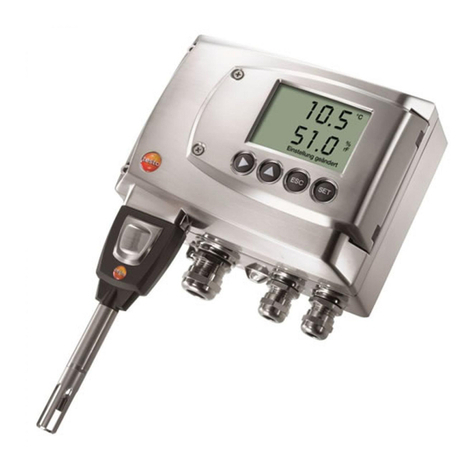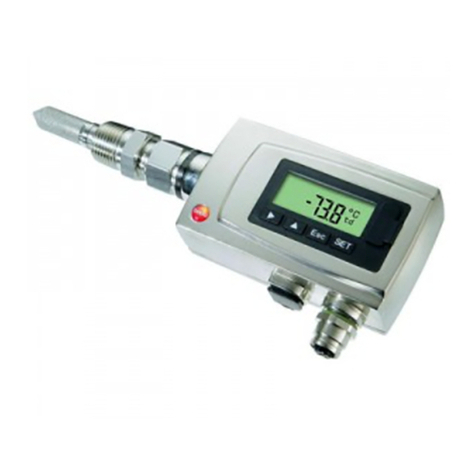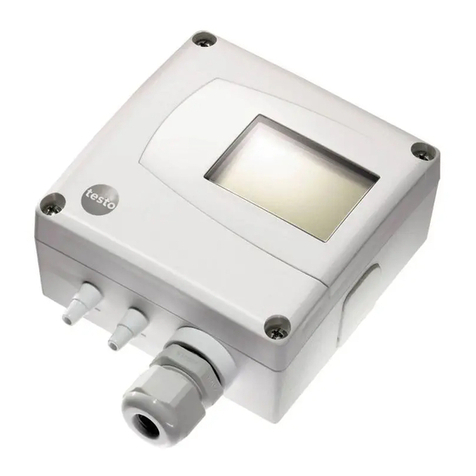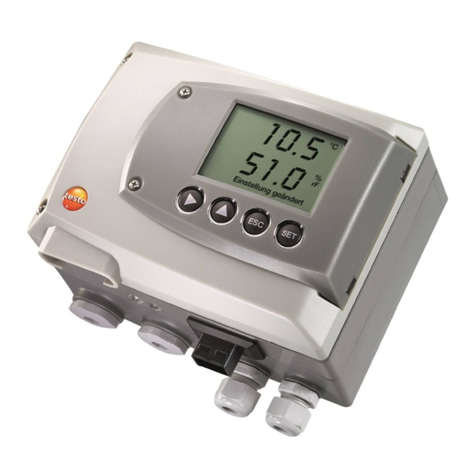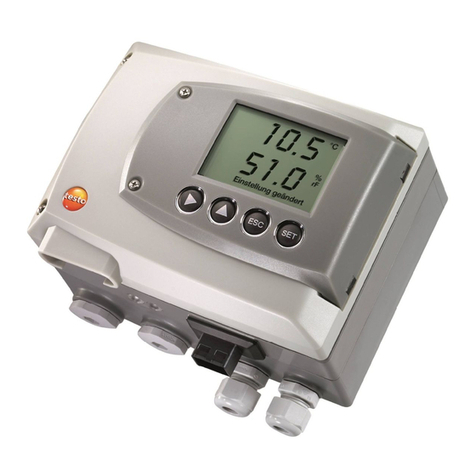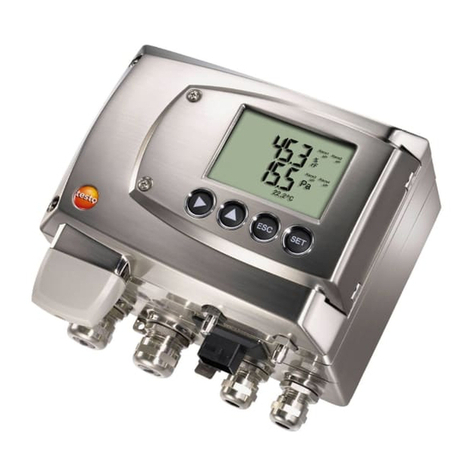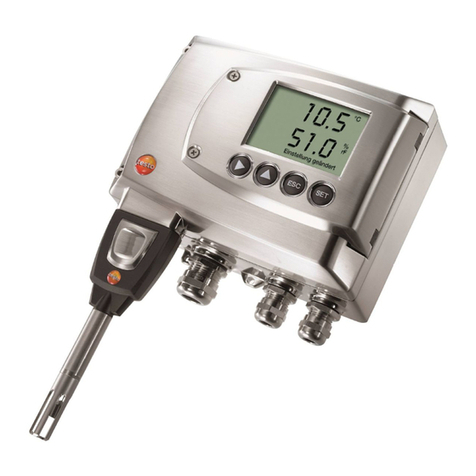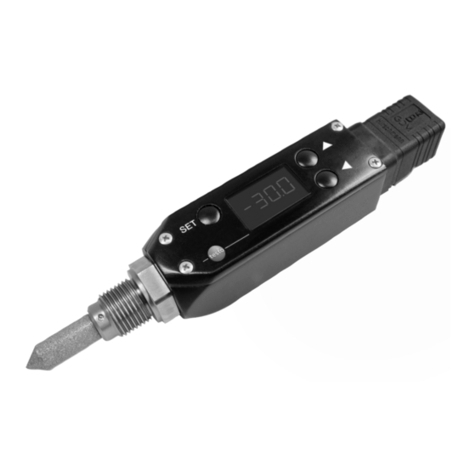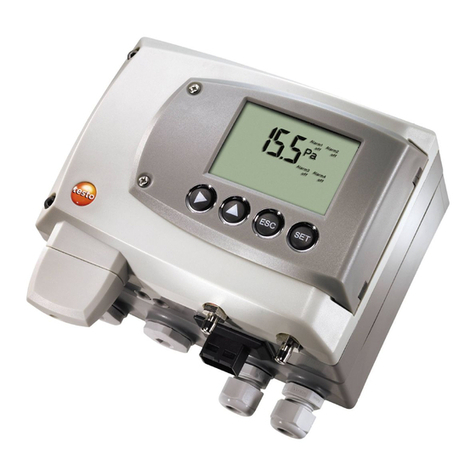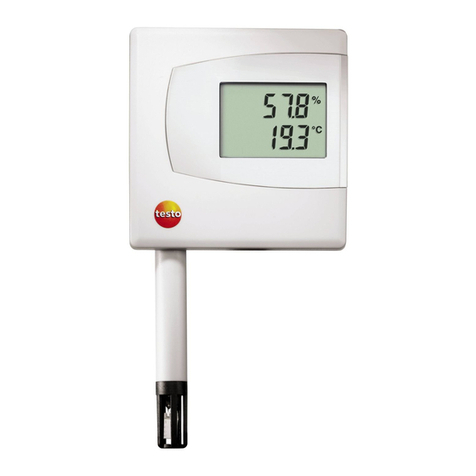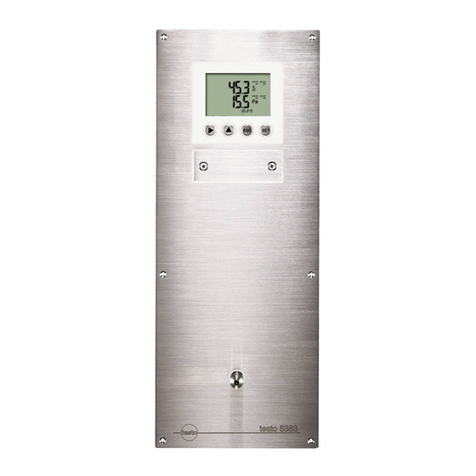
1 Safety and the environment
3
Pos: 1 /TD /Über schri ften/M UF/Si cherh eit und Um welt @ 3\mod_1234793958627_79.doc @ 26223@ 1
1 Safety and the environment
Pos: 2/ TD /Si ch erh eit und U mw el t/S ic her heit gew ährl ei st en/MU F 63xx /El ektr is ch e G ef ahr en v er mei de n @ 3\mod_1234794609299_79.doc@ 26280 @ 5
Avoiding electrical hazards
> Never use the instrument and connected probes to measure on
or near live parts!
> Damaged mains cables must only be replaced by authorized
personnel.
> Only have the transmitter wired and connected by authorized
personnel with the voltage disconnected.
> You must always comply with the regulations applicable in your
country for opening and repairing electrical equipment.
Pos: 3/ TD /Si ch erh eit und U mw el t/S ic her heit gew ährl ei st en/MU F 63xx /P erson en- u nd Sac hschäd en verm eiden @ 3 \mod_1234794744768_79.doc@ 26299@ 5
Avoiding personal injury and damage to equipment
> Installation, setting and calibration work must only be carried
out by qualified and authorized personnel!
> Only open the instrument when this is expressly described in
the instruction manual for installation, maintenance or repair
purposes.
> Observe the permissible storage, transport and operating
temperature.
Pos: 4 /TD /Sich erhei t undU mwel t/Sic herhei t gewähr leis ten/Ni cht mit Lö sungsm ittel n lager n @0 \mod_1175692375179_79.doc@ 583 @
> Do not store the product together with solvents. Do not use any
desiccants.
Pos: 5/ TD /Si c h erh eit und U mw el t/ Sic her hei t g ew ähr l eis ten/ MU F 63xx /B ei W ar tu ng M UF nic ht z ur Reg el ung verw en de n @ 3\mod _1234794852377_79.doc@ 26318 @
> Do not use the instrument for control purposes at the same time
as operating or servicing the transmitter.
Pos: 6/ TD /Si ch erh eit und U mw el t/S ic her heit gew ährl ei st en/ Pro duk t b esti mm ung sg em äß verw en den @ 0\mod_1173781261848_79.doc @ 38 6 @
> Only operate the product properly, for its intended purpose and
within the parameters specified in the technical data. Do not
use any force.
Pos: 7/ TD / Sic h er h eit und U m w el t/ Sic her hei t gew ährl eis t en/ Nur bes chr i eb e ne W ar t ung s arb ei t en d urc hfü hr en @ 0\m od_1175692705195_79.doc @ 601@
> Carry out only the maintenance and repair work on this
instrument that is described in the documentation. Follow the
prescribed steps exactly. Use only original spare parts from
Testo.
Pos: 8/ TD /Si c h erh eit un d U mw el t/Si c her heit gew ährl ei st en/MU F 63xx /F ach per so nal @ 3\mod_1234794940409_79.doc @ 26337@
Any additional work must only be carried out by authorized
personnel. Otherwise testo will not accept any responsibility for the
proper functioning of the instrument after repair and for the validity
of certifications.

